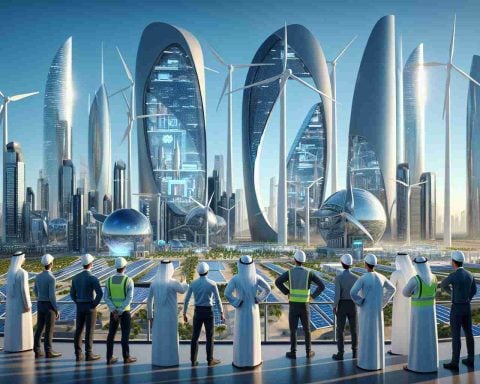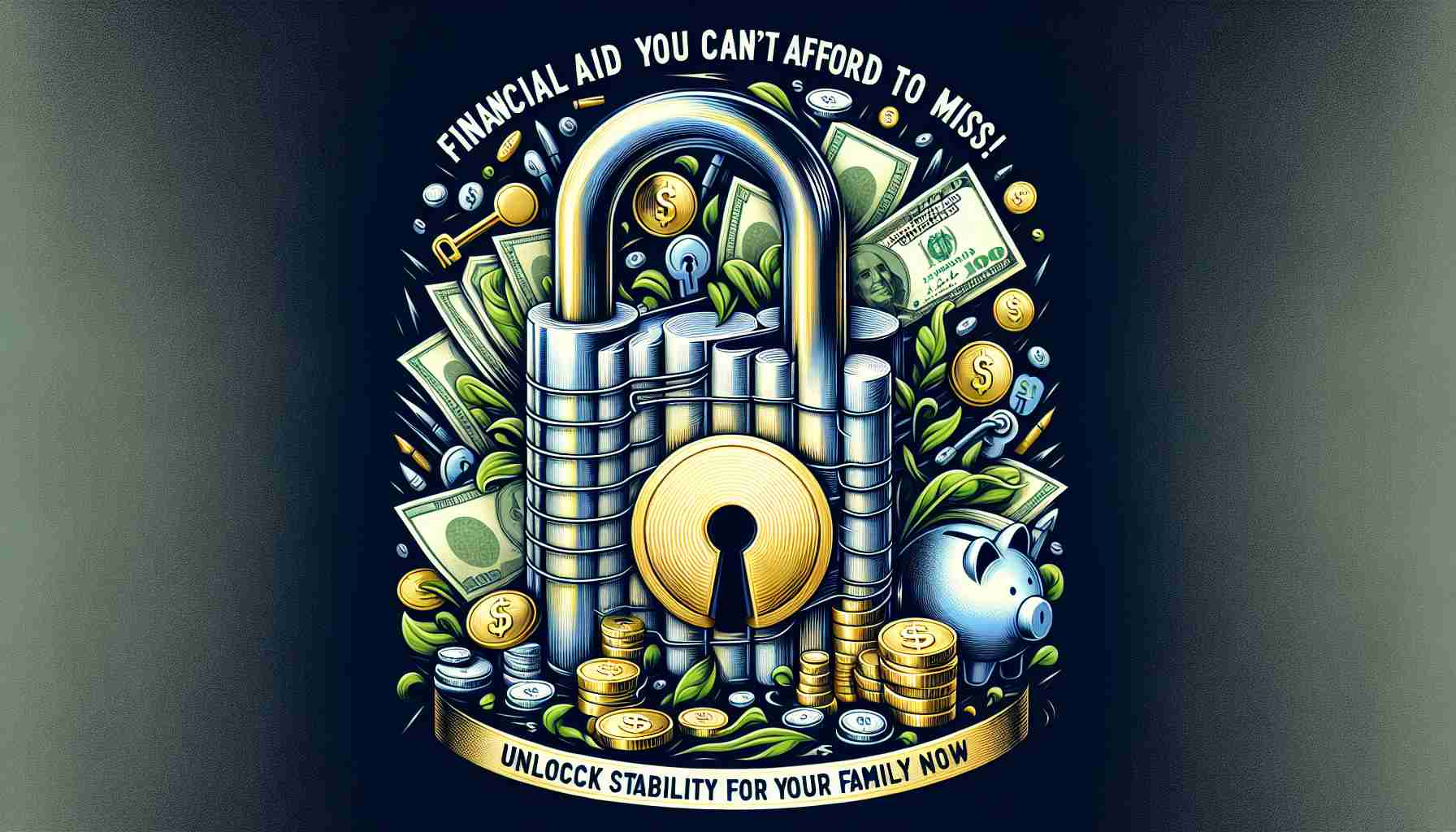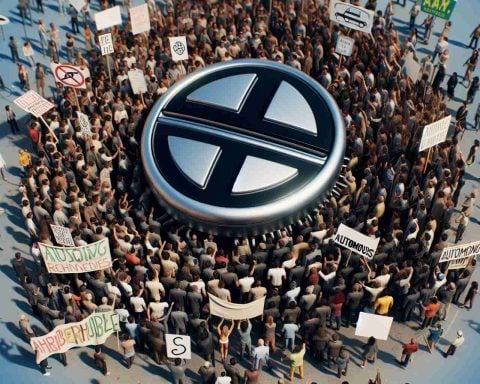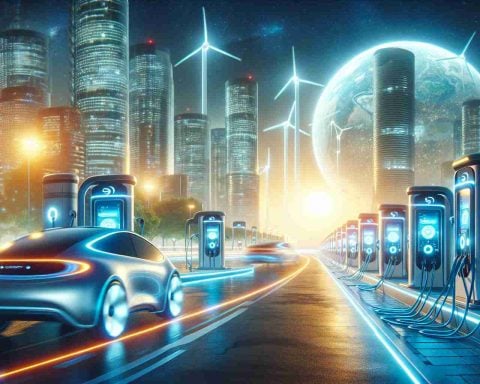Tesla’s Full Self-Driving Under Fire
Tesla owners are taking matters into their own hands, voicing their frustrations about the Full Self-Driving (FSD) system that is proving unreliable. Recent demonstrations across various cities stem from alarming feedback regarding software updates that many drivers say compromise their safety.
The disconnect between Tesla’s visions of an autonomous future and the reality faced by users is palpable. Drivers are expressing serious concerns regarding technical glitches that they claim result in dangerous driving behaviors. Reports of vehicles suddenly braking, making erratic lane changes, and failing to recognize crucial traffic signals have intensified the protests. Videos shared online illustrate terrifying moments, such as a Model 3 swerving into oncoming traffic.
The skeptics within the Tesla community are growing louder, demanding clarity and accountability from the company. While Tesla continues to showcase its ambition towards autonomous vehicles, owners feel let down by the frequent software updates that have not resolved persistent issues.
Despite acknowledgment from the company and assurances from CEO Elon Musk about ongoing improvements, many remain unconvinced. The lack of timely fixes and adequate communication has prompted calls for enhanced regulatory oversight and comprehensive third-party testing.
As Tesla endeavors to refine its FSD technology, the question remains — will the dream of fully autonomous driving materialize, or will it remain a distant promise, overshadowed by safety concerns?
The Future of Autonomous Vehicles: Implications and Insights
The challenges facing Tesla’s Full Self-Driving (FSD) technology extend far beyond the immediate concerns of individual users. The ongoing issues with reliability raise profound questions about the broader implications of autonomous vehicle (AV) adoption on society and our cultural interactions with technology. As consumers grapple with these safety concerns, the dream of a fully autonomous future increasingly appears precarious.
Economically, the pursuit of AV technology promises substantial benefits but also carries risks. The global automotive industry is poised for a transformation that could potentially disrupt supply chains and labor markets. According to recent studies, automation in transport could eliminate over 300,000 driving jobs in the U.S. alone, necessitating retraining programs and highlighting the urgent need for a workforce prepared to adapt to evolving technologies.
Environmentally, the shift towards autonomy could either mitigate or exacerbate issues like traffic congestion and emissions. If effectively integrated, AVs have the potential to enhance fuel efficiency and reduce the number of vehicles on roads. However, if poorly implemented, as current public sentiment suggests, the result could be increased reliance on personal vehicles, undermining public transit efforts and harming urban environments.
As expectations clash with reality, regulatory oversight becomes paramount. Policymakers face a crucial responsibility to impose standards that ensure public safety while fostering innovation. The future trajectory of autonomous driving hinges not just on technological advancement but on a collective commitment to accountability and responsible development, making it a pivotal area of concern in the years to come.
Is Tesla’s Full Self-Driving Technology Safe? A Closer Look at the Controversy
Overview of Tesla’s Full Self-Driving (FSD) Capabilities
Tesla’s Full Self-Driving (FSD) system has been a topic of much discussion and debate since its introduction. Designed to assist drivers by taking over various aspects of vehicle operation, FSD promises a glimpse into an autonomous future. However, the reality often presents a stark contrast to this vision, leading to safety concerns and community pushback.
Current Features of FSD
Tesla’s FSD includes several advanced features aimed at improving the driving experience, such as:
– Autopark: This feature allows the vehicle to autonomously park itself in both parallel and perpendicular spaces.
– Summon: This capability allows drivers to summon their Tesla from a parking space to their location.
– Traffic Light and Stop Sign Control: The system recognizes and responds to traffic signals.
Despite these innovations, many users report significant reliability issues that hinder their trust in the technology.
Pros and Cons of Using FSD
Pros:
– Innovative Technology: Offers cutting-edge features that are continuously updated through over-the-air software updates.
– Convenience: Aims to simplify driving tasks and reduce fatigue on long journeys.
– Vision for the Future: Aligns with Tesla’s goal of achieving fully autonomous driving.
Cons:
– Safety Concerns: Users have reported instances of the system making dangerous decisions, such as abrupt braking and improper lane changes.
– Inconsistency: Frequent updates often do not resolve existing issues, contributing to user frustration.
– Public Backlash: Demonstrations and criticisms from dissatisfied owners have highlighted the gap between expectation and reality.
Use Cases and Limitations
While Tesla’s FSD may enhance driving for some, its limitations are increasingly evident. Many drivers have expressed that reliance on the system can pose risks, especially in complex driving conditions such as heavy traffic or adverse weather.
Community Insights and Market Analysis
The growing skepticism among Tesla owners suggests a significant impact on market perception. Research indicates that trust in self-driving technology is paramount for consumer adoption. If safety issues remain unaddressed, Tesla could face tangible challenges in maintaining its leading position in the autonomous vehicle market.
Regulatory and Safety Innovations
As concerns mount, calls for regulatory oversight are increasing. Stakeholders are advocating for rigorous third-party testing before further software releases. Such measures could help restore faith in FSD and promote safer use across the board.
Pricing and Future Predictions
Currently, Tesla charges around $15,000 for the Full Self-Driving package, which adds to the vehicle’s overall cost. As development progresses, Tesla might need to reconsider its pricing structure based on user feedback and market conditions. The company also faces the challenge of delivering on the promise of full autonomy amid skepticism, which may hinder future sales if unresolved.
Conclusion
Tesla’s Full Self-Driving technology sits at a critical juncture. While its features reflect a bold vision for the future, persistent safety concerns and user frustrations pose significant obstacles. As Tesla navigates these challenges, its ability to balance innovation with safety will determine the trajectory of FSD and its place in the automotive landscape.
For more information about Tesla and its developments, visit Tesla’s official website.














